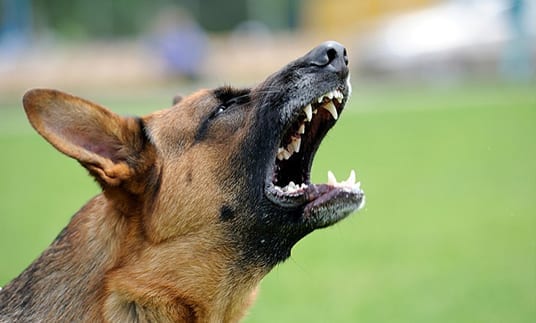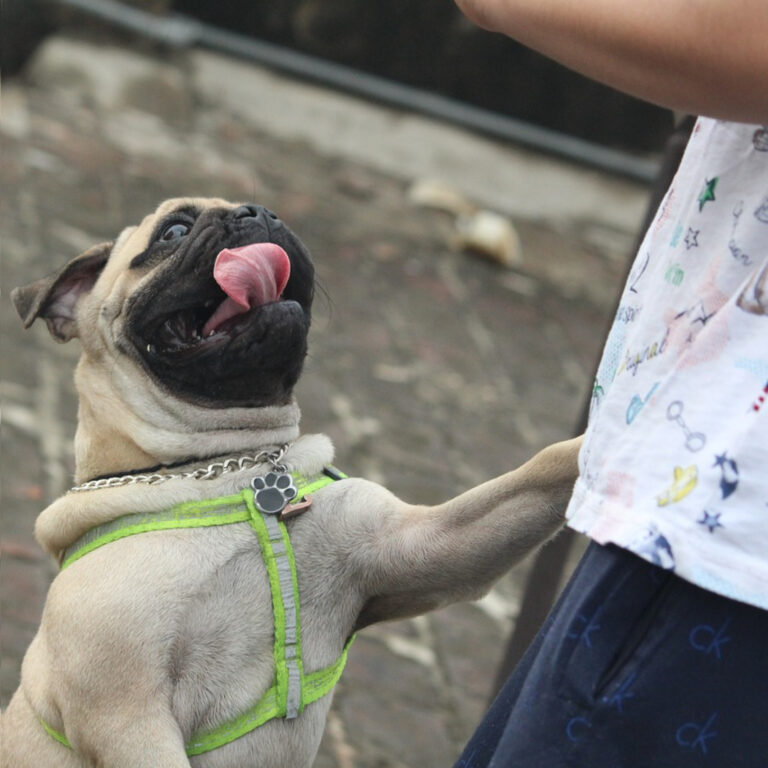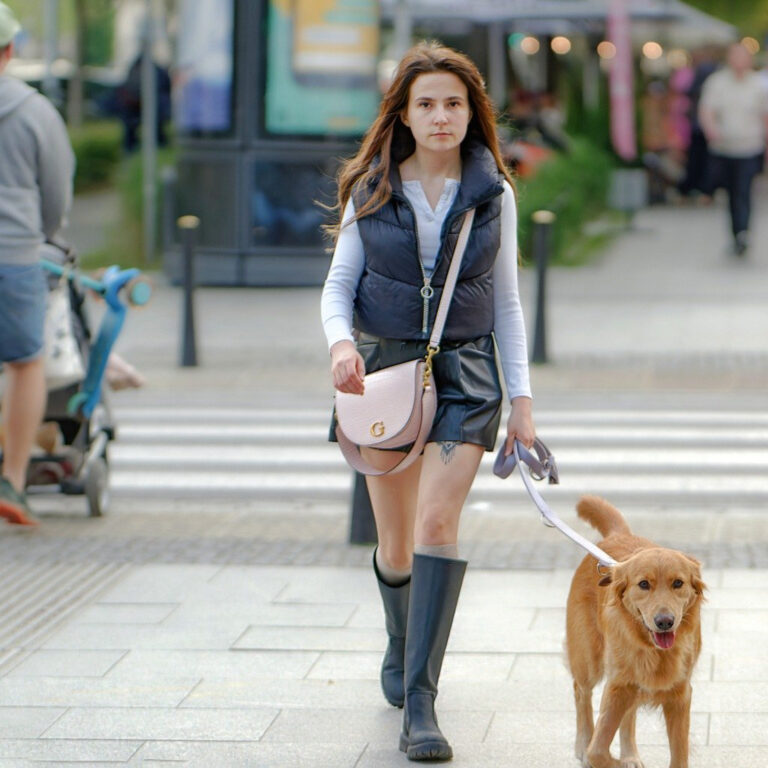The Power of Body Language: How Human Cues Impact Dog Communication
The Power of Body Language: How Human Cues Impact Dog Communication
The Impact of Human Body Language on Dog Communication: Understanding the importance of recognizing and interpreting dog body language, how dogs perceive human body language, effective techniques for human-dog interaction, and the influence of human mood and body language on dog behavior.

The Impact of Human Body Language on Dog Communication
Dog Communication Signals and Interpretation
Unlike humans who use verbal communication, dogs mainly communicate non-verbally through body language and vocalizations. This body language includes tail carriage and motion, ear and eye position, body position and movement, and facial expressions. For example, a wagging tail does not necessarily imply friendliness; it must be interpreted in conjunction with other body language cues.
There are five common groups of canine communication signals, including excitement, aggression, fear, stress, and a combination of these signals, each with distinct body language cues. For instance, a dog under stress may display signs such as a lowered body posture, tucked tail, and ears pinned back. The dog’s response to a situation can be significantly influenced by stress, making it crucial to recognize these cues.
Understanding a dog’s body language and the situation/environment is vital for interpreting their communication correctly. Observing the entire dog and the context of the situation can provide an accurate picture of what the dog is communicating.

Understanding Dogs’ Perception of Human Body Language
Research has shown that dogs can recognize human facial expressions and can differentiate between happy and angry faces, showcasing their ability to interpret human body language. This understanding goes beyond facial expressions; dogs can also respond to our body language and emotional signs. For instance, a dog may exhibit attention-seeking or defensive/aggressive behaviors in response to our body language cues.
As such, it is important to be mindful of our gestures and control them to foster a good relationship with our pets. When greeting a dog, for example, it is recommended to allow them to approach us and to practice stillness if they are excitable or prone to jumping. This reinforces the significance of body language in initial interactions with dogs.

Effective Techniques for Human-Dog Interaction
When interacting with dogs, it is beneficial to approach them by turning to the side, crouching down, and allowing them to approach at their own pace. This method communicates respect and non-threatening intent. During this interaction, avoid making sudden movements or reaching out to the dog. Instead, maintain slow and steady motions to foster positive communication through body language.
It is also important to be aware of certain behaviors that can overwhelm dogs, such as hugging. Paying attention to their reactions and not forcing physical contact can create respectful and non-threatening interactions. Teaching dogs to associate eye contact with positive things can also help in reducing their fear of direct eye contact.
Influence of Human Mood and Body Language on Dogs
Our mood and body language significantly impact dogs’ reactions. Staying calm and relaxed can help keep dogs calm, emphasizing the role of human emotional cues in influencing dog behavior. For instance, keeping the leash loose and using a happy tone can positively influence a dog’s response to new stimuli.
These examples underscore the impact of human non-verbal cues on dog communication and stress the importance of maintaining a positive mood and body language to positively influence dogs’ behavior.

The Impact of Human Body Language on Dog Behavior and Communication
In summary, understanding the relationship between human body language and dog communication is key to fostering a harmonious human-dog relationship. This involves understanding the nature of dog communication, including non-verbal cues and vocalizations, and interpreting canine communication signals accurately.
Being aware of how our body language influences dog behavior is crucial. This not only affects their behavior but also their perception of us. By adopting respectful and non-threatening body language cues, we can foster positive interactions with dogs.
Moreover, our mood and body language significantly impact dogs, highlighting the importance of maintaining a positive demeanor when interacting with dogs.
Conclusion and Call to Action
Understanding and effectively using body language when interacting with dogs is crucial. It significantly impacts the relationship and training of dogs. By being mindful of our gestures and controlling them, we can improve our communication with our dogs and enhance our bond with them.
For more insights on dog behavior and training, consider exploring Dayton Off Leash K9 Dog Training’s offerings. They specialize in helping dog owners understand why their dogs behave the way they do, thereby creating a strong bond between the owner and the dog. Visit Dayton Off Leash K9 Dog Training for more details.
Would you like a certified trainer to contact you?








